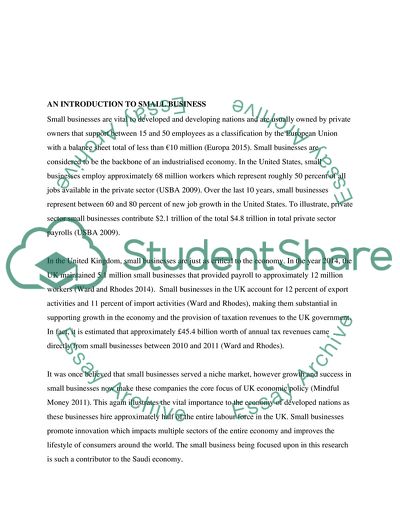Cite this document
(Managing small business Research Paper Example | Topics and Well Written Essays - 3000 words, n.d.)
Managing small business Research Paper Example | Topics and Well Written Essays - 3000 words. https://studentshare.org/business/1872444-managing-small-business
Managing small business Research Paper Example | Topics and Well Written Essays - 3000 words. https://studentshare.org/business/1872444-managing-small-business
(Managing Small Business Research Paper Example | Topics and Well Written Essays - 3000 Words)
Managing Small Business Research Paper Example | Topics and Well Written Essays - 3000 Words. https://studentshare.org/business/1872444-managing-small-business.
Managing Small Business Research Paper Example | Topics and Well Written Essays - 3000 Words. https://studentshare.org/business/1872444-managing-small-business.
“Managing Small Business Research Paper Example | Topics and Well Written Essays - 3000 Words”. https://studentshare.org/business/1872444-managing-small-business.


